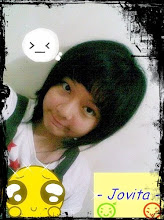South Korea - Language, Culture, Customs and Etiquette
 Facts and Statistics
Location:
Facts and Statistics
Location: Eastern Asia, southern half of the Korean Peninsula bordering the East Sea and the Yellow Sea
Capital: Seoul
Climate: temperate, with rainfall heavier in summer than winter
Population: 48,598,175 (July 2004 est.)
Ethnic Make-up: homogeneous (except for about 20,000 Chinese)
Religions: no affiliation 46%, Christian 26%,
Buddhist 26%, Confucianist 1%, other 1%
Government: republic
The Korean Language
The Koreans are one ethnic family speaking one language. They share certain distinct physical characteristics which differentiate them from other Asian people including the Chinese and the Japanese, and have a strong cultural identity as one ethnic family.
The
Korean language is spoken by more than 65 million people living on the peninsula and its outlying islands as well as 5.5 million Koreans living in other parts of the world. The fact that all Koreans speak and write the same language has been a crucial factor in their strong national identity. Modern Korea has several different dialects including the standard one used in Seoul and central areas, but they are similar enough that speakers/listeners do not have trouble understanding each other.
Why not learn some useful
Korean phrases?
Korean Society & Culture
Korean Family Values
. The family is the most important part of Korean life.
. In Confucian tradition, the father is the head of the family and it is his responsibility to provide food, clothing and shelter, and to approve the marriages of family members.
. The eldest son has special duties: first to his parents, then to his brothers from older to younger, then to his sons, then to his wife, and lastly to his daughters.
. Family welfare is much more important than the needs of the individual.
. Members of the family are tied to each other because the actions of one family member reflect on the rest of the family.
. In many cases the family register can trace a family's history, through male ancestors, for over 500 years.
Confucianism
. The teachings of Confucius describe the position of the individual in Korean society.
. It is a system of behaviours and ethics that stress the obligations of people towards one another based upon their relationship.
. The basic tenets are based upon five different relationships: 1) ruler and subject, 2) husband and wife, 3) parents and children, 4)brothers and sisters and 5) friend and friend
. Confucianism stresses duty, loyalty, honour, filial piety, respect for age and seniority, and sincerity.
Korean Ancestors
. Ancestors are based on the male family line.
. Children are raised to believe they can never repay their debt to their parents, hence the popularity of ancestor worship.
. They hold ancestral ceremonies for the previous three generations (parents, grandparents, and great grandparents) several times a year, particularly on Chusok and New Year's Day.
. On Chusok, people cook and set out food to celebrate their ancestors.
The Concept of Kibun
. Kibun is a word with no literal English translation; the closest terms are pride, face, mood, feelings, or state of mind.
. If you hurt someone's kibun you hurt their pride, cause them to lose dignity, and lose face. Korean interpersonal relationships operate on the principle of harmony.
. It is important to maintain a peaceful, comfortable atmosphere at all times, even if it means telling a "white lie".
. Kibun enters into every facet of Korean life.
. It is important to know how to judge the state of someone else's kibun, how to avoid hurting it, and how to keep your own kibun at the same time.
. In business, a manager's kibun is damaged if his subordinates do not show proper respect. A subordinate's kibun is damaged if his manager criticizes him in public.
. Nunchi is the ability to determine another person's kibun by using the eye.
. Since this is a culture where social harmony is crucial, being able to judge another person's state of mind is critical to maintain the person's kibun.
. Nunchi is accomplished by watching body language and listening to the tone of voice as well as what is said.
Etiquette & Customs in South Korea
Meeting Etiquette
. Greetings follow strict rules of protocol.
. Many South Koreans shake hands with expatriates after the bow, thereby blending both cultural styles.
. The person of lower status bows to the person of higher status, yet it is the most senior person who initiates the handshake.
. The person who initiates the bow says, "man-na-suh pan-gop-sumnida", which means "pleased to meet you."
. Information about the other person will be given to the person they are being introduced to in advance of the actual meeting.
. Wait to be introduced at a social gathering.
. When you leave a social gathering, say good-bye and bow to each person individually.
Gift Giving Etiquette
. Gifts express a great deal about a relationship and are always reciprocated.
. It is inconsiderate to give someone an expensive gift if you know that they cannot afford to reciprocate accordingly.
. Bring fruit or good quality chocolates or flowers if invited to a Korean's home.
. Gifts should be wrapped nicely.
. The number 4 is considered unlucky, so gifts should not be given in multiples of 4.
. Giving 7 of an item is considered lucky.
. Wrap gifts in red or yellow paper, since these are royal colours. Alternatively, use yellow or pink paper since they denote happiness.
. Do not wrap gifts in green, white, or black paper.
. Do not sign a card in red ink.
. Use both hands when offering a gift.
. Gifts are not opened when received.
Dining Etiquette
If you are invited to a South Korean's house:
. It is common for guests to meet at a common spot and travel together.
. You may arrive up to 30 minutes late without giving offence.
. Remove your shoes before entering the house.
. The hosts greet each guest individually.
. The host pours drinks for the guests in their presence. The hostess does not pour drinks.
. The hosts usually accompany guests to the gate or to their car because they believe that it is insulting to wish your guests farewell indoors.
. Send a thank you note the following day after being invited to dinner.
Table manners
. Wait to be told where to sit. There is often a strict protocol to be followed.
. The eldest are served first.
. The oldest or most senior person is the one who starts the eating process.
. Never point your chopsticks.
. Do not pierce your food with chopsticks.
. Chopsticks should be returned to the table after every few bites and when you drink or stop to speak.
. Do not cross your chopsticks when putting them on the chopstick rest.
. Do not pick up food with your hands. Fruit should be speared with a toothpick.
. Bones and shells should be put on the table or an extra plate.
. Try a little bit of everything. It is acceptable to ask what something is.
. Refuse the first offer of second helpings.
. Finish everything on your plate.
. Indicate you are finished eating by placing your chopsticks on the chopstick rest or on the table. Never place them parallel across your rice bowl.
Business Etiquette and Protocol
Relationships & Communication
. South Koreans prefer to do business with people with whom they have a personal connection.
. It is therefore crucial to be introduced by a third-party.
. Relationships are developed through informal social gatherings that often involve a considerable amount of drinking and eating.
. Individuals who have established mutual trust and respect will work hard to make each other successful.
. South Koreans treat legal documents as memorandums of understanding.
. They view contracts as loosely structured consensus statements that broadly define agreement and leave room for flexibility and adjustment as needed.
. Under no circumstances insult or to criticize in front of others.
. Sensitive matters may often be raised indirectly through the intermediary that first made the introductions.
. South Koreans are extremely direct communicators. They are not averse to asking questions if they do not understand what has been said or need additional clarification.
. This is a culture where "less is more" when communicating. Respond to questions directly and concisely.
. Since there is a tendency to say "yes" to questions so that you do not lose face, the way you phrase a question is crucial. It is better to ask, "When can we expect shipment?" than "Can we expect shipment in 3 weeks?", since this question requires a direct response.
Business Meeting Etiquette
. Appointments are required and should be made 3 to 4 weeks in advance.
. You should arrive on time for meetings as this demonstrates respect for the person you are meeting.
. The most senior South Korean generally enters the room first.
. It is a good idea to send both an agenda and back-up material including information about your company and client testimonials prior to the meeting.
. The main purpose of the first meeting is to get to know each other.
. Meetings are used to understand a client's needs and challenges. They lay the foundation for building the relationship.
. Do not remove your jacket unless the most senior South Korean does so.
. Have all written materials available in both English and Korean.
Dress Etiquette
. Business attire is conservative.
. Men should wear dark- coloured, conservative business suits with white shirts.
. Women should dress conservatively and wear subdued colours.
. Men should avoid wearing jewellery other than a watch or a wedding ring.
Business Cards
. Business cards are exchanged after the initial introductions in a highly ritualized manner.
. The way you treat someone's business card is indicative of the way you will treat the person.
. Have one side of your business card translated into Korean.
. Using both hands, present your business card with the Korean side facing up so that it is readable by the recipient.
. Examine any business card you receive carefully.
. Put the business cards in a business card case or a portfolio.
. Never write on someone's business card in their presence.
Free Template Blogger
collection template
Hot Deals
BERITA_wongANteng
SEO
theproperty-developer
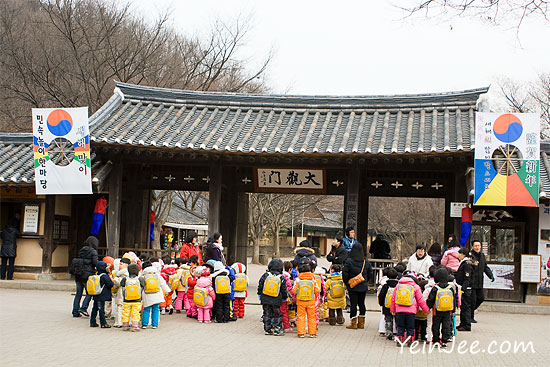
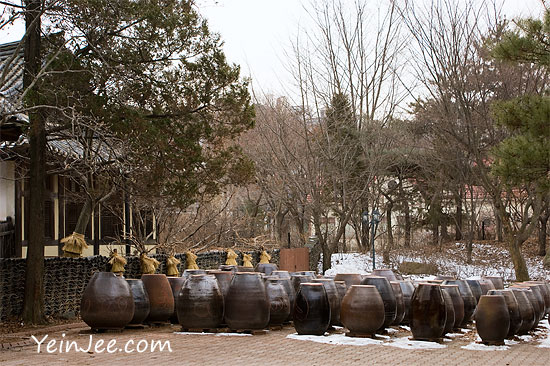
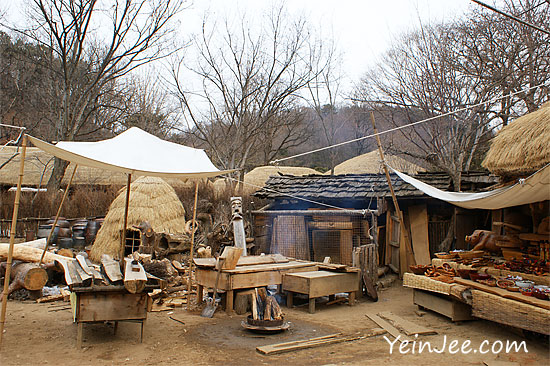
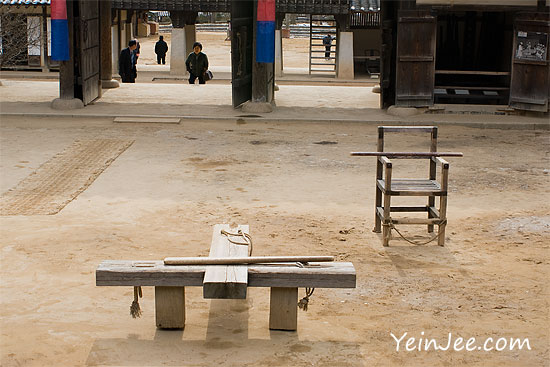

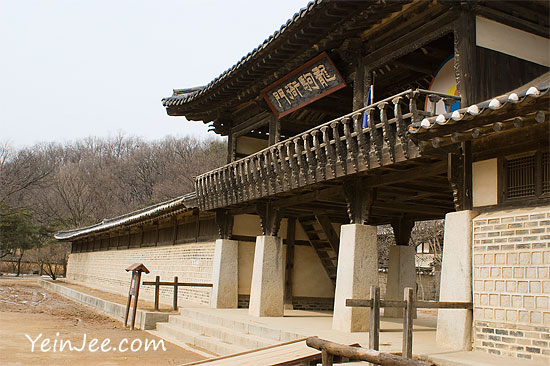
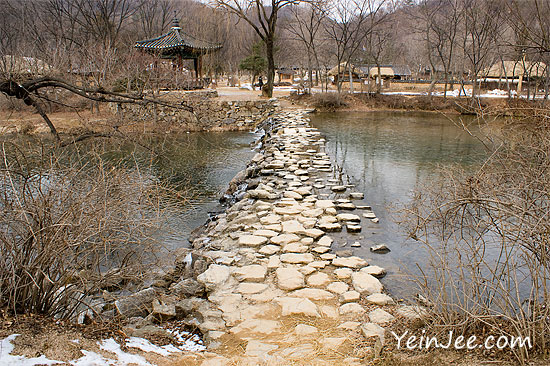
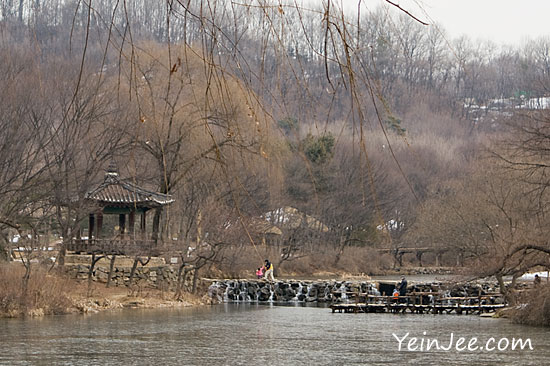
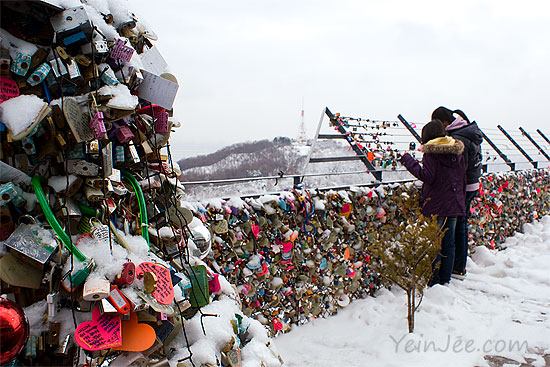
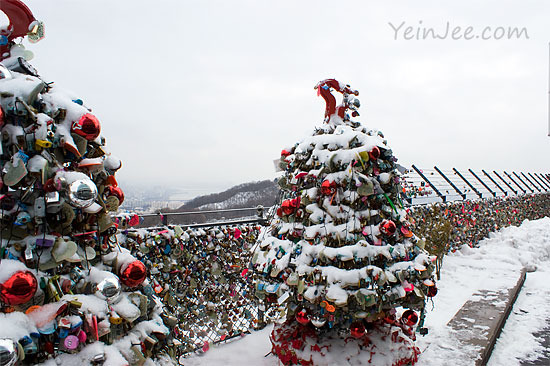
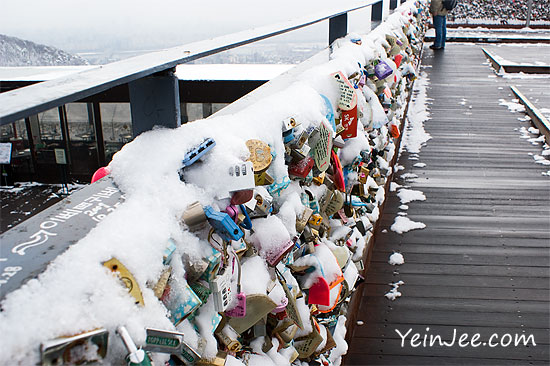
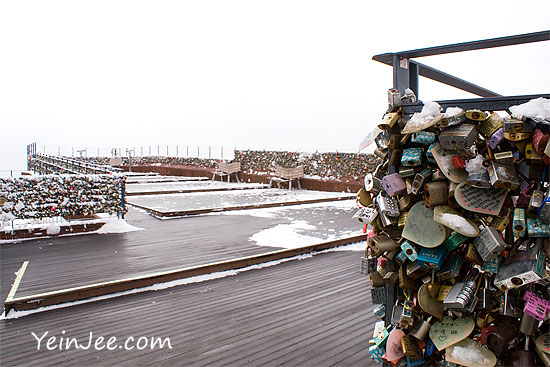
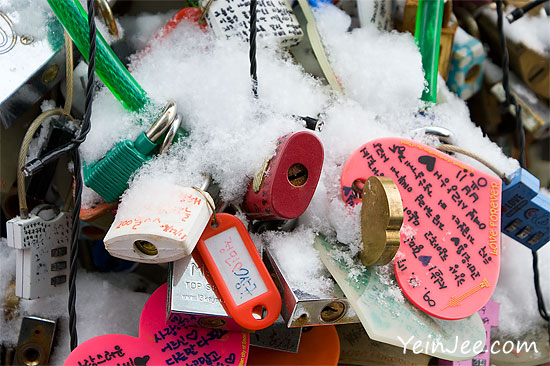
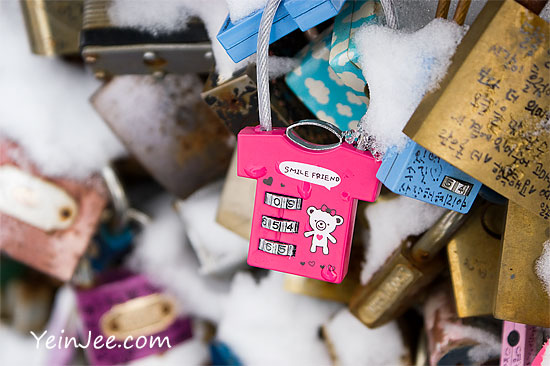
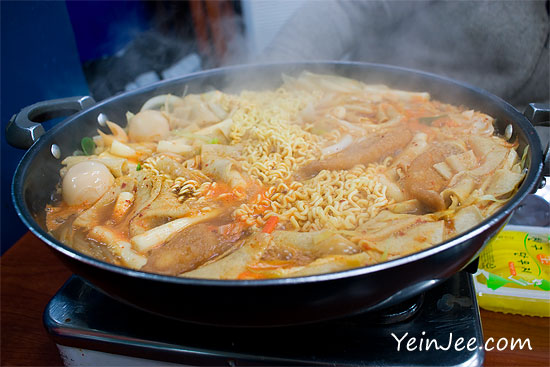
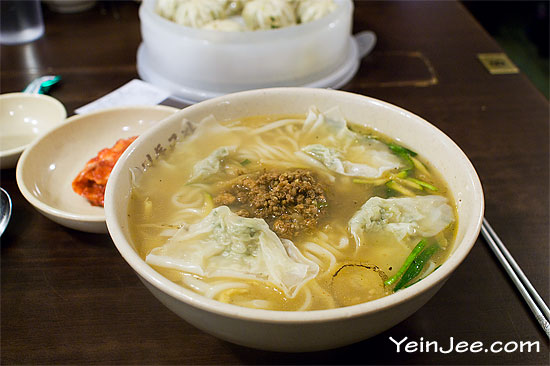
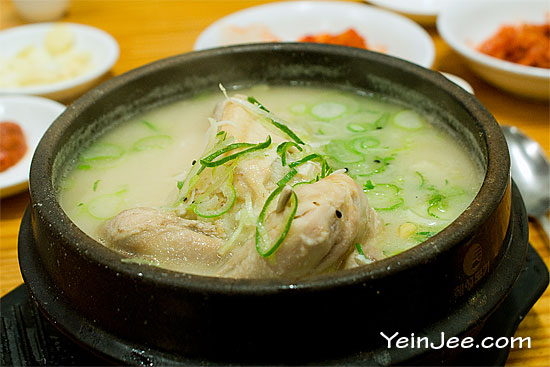
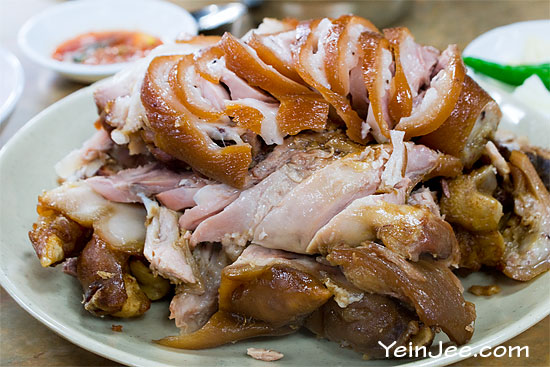

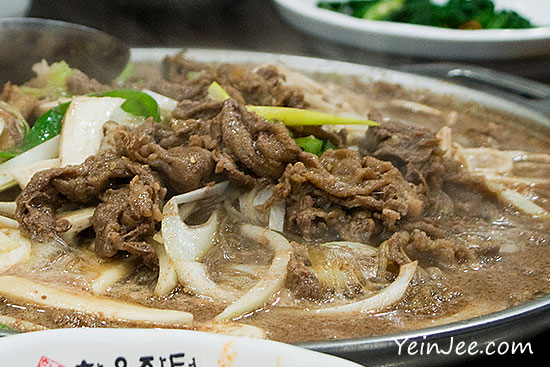









 Facts and Statistics
Facts and Statistics

